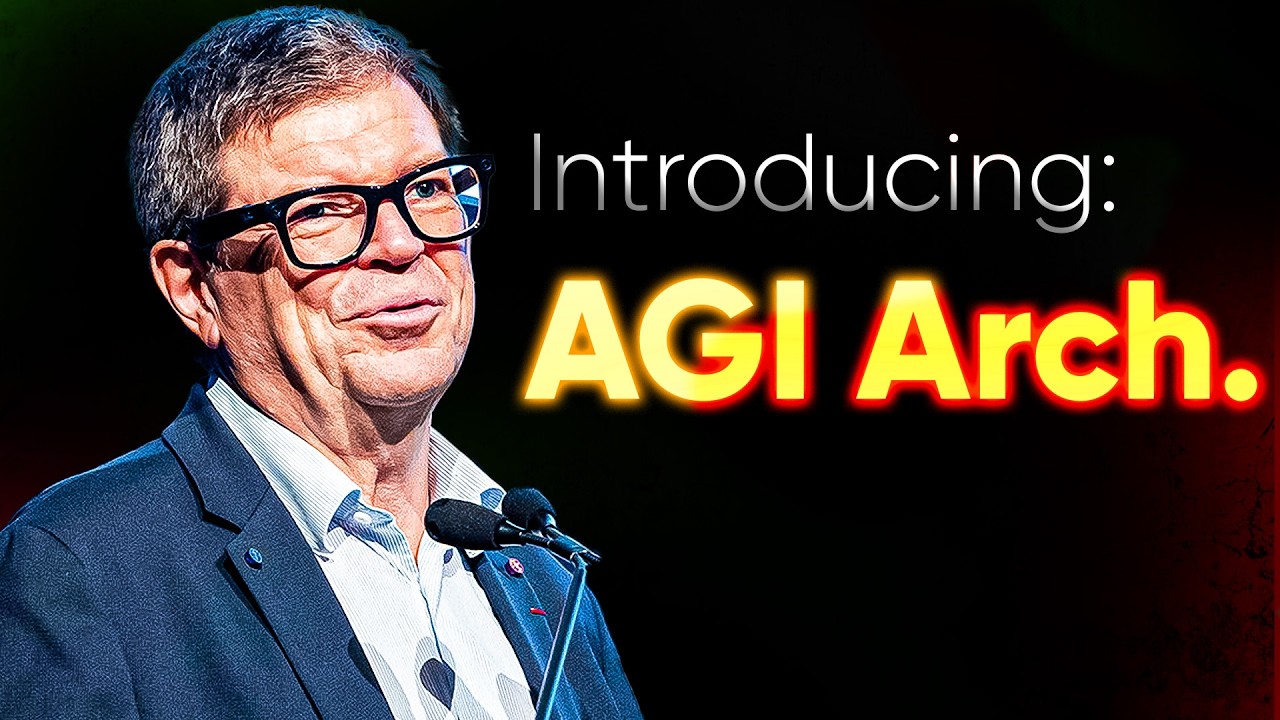The video highlights Yan Lan’s breakthrough AGI architecture using world models that enable AI to understand and predict abstract representations of reality, demonstrated by the VJ Jepa 2 model’s advanced visual understanding and zero-shot robot control. It also discusses MIT’s SEAL method for AI self-improvement, the societal impacts of rapid AI progress as outlined by Sam Altman, and the evolving collaboration between humans and AI in software development, emphasizing that human guidance remains crucial.
The video discusses a groundbreaking development in artificial general intelligence (AGI) architecture by Yan Lan, a leading AI scientist who believes current AI paradigms cannot achieve true AGI. Over the past few years, Yan Lan has been developing a joint embedding predictive architecture (Jepa), which represents a shift from traditional language models to “world models.” These models focus on understanding and predicting abstract representations of the physical world rather than merely predicting tokens like words or pixels. The newly released VJ Jepa 2 video model, with just 1.2 billion parameters, demonstrates state-of-the-art visual understanding and zero-shot robot control in novel environments, showcasing the potential of this approach to generalize across tasks without extensive retraining.
Yan Lan emphasizes that intelligence is not solely about language but about building mental models of reality, akin to how humans and animals navigate the world. World models serve as abstract digital twins of reality, enabling AI to predict outcomes and plan actions effectively. This capability could revolutionize various fields, including assistive technologies for the visually impaired, personalized education, autonomous robotics, and AI coding agents that understand the impact of code changes on program states. The shift to world models marks a significant scientific challenge and opportunity to build AI systems that reason and learn more like humans.
In parallel, MIT introduced a self-improving method called SEAL that allows a 1 billion parameter model to self-adapt by generating its own fine-tuning data and update directives during testing. This approach dramatically improved the model’s performance on the ARC AGI benchmark from zero to 72.5%, rivaling much larger models like OpenAI’s GPT-4. The method uses reinforcement learning to iteratively refine the model’s weights based on task performance, representing a form of recursive self-improvement. While not fully autonomous code rewriting, this technique signals a new era where AI can accelerate its own development, edging closer to the so-called “event horizon” of AI singularity.
The video also touches on the broader economic and societal impacts of AI advancements. Sam Altman’s blog post, “The Gentle Singularity,” suggests humanity is nearing a tipping point where AI-driven progress will rapidly transform economies and societies. AI is already influencing macroeconomic indicators, such as payment volumes on platforms like Stripe, indicating a positive feedback loop of investment and innovation. However, this transition will bring challenges, including job displacement and the need for new social policies. Altman envisions a future where AI, robotics, gene editing, and brain interfaces converge to fundamentally change human life over the coming decades.
Finally, the video addresses the evolving role of AI in software development. While AI agents capable of coding are becoming more prevalent, fully automating complex software engineering remains a challenge due to issues like context understanding, continual learning, and integration with existing tools. Experts believe that human qualities such as “taste”—the ability to define what to build and how it should function—will remain essential. The future of software development will likely involve higher-level abstractions where humans guide AI agents, leading to more ambitious projects and increased productivity, but not the complete replacement of human engineers anytime soon.
Here are the links you requested:
-
V-JEPA 2:
-
Self-Adapting Language Models (SEAL) by MIT:
